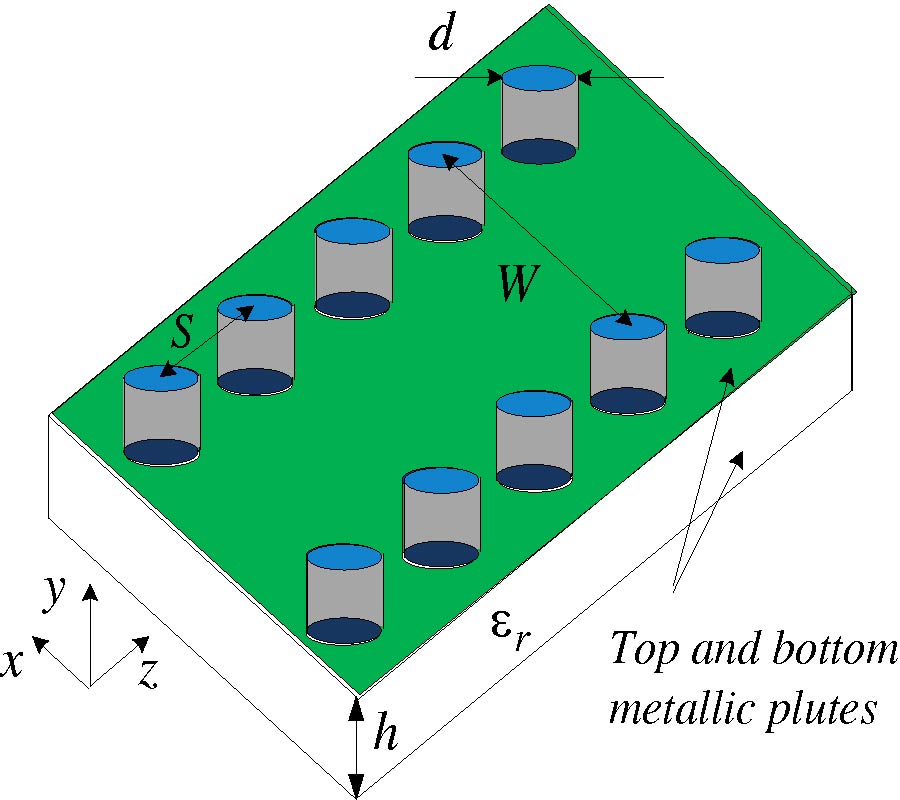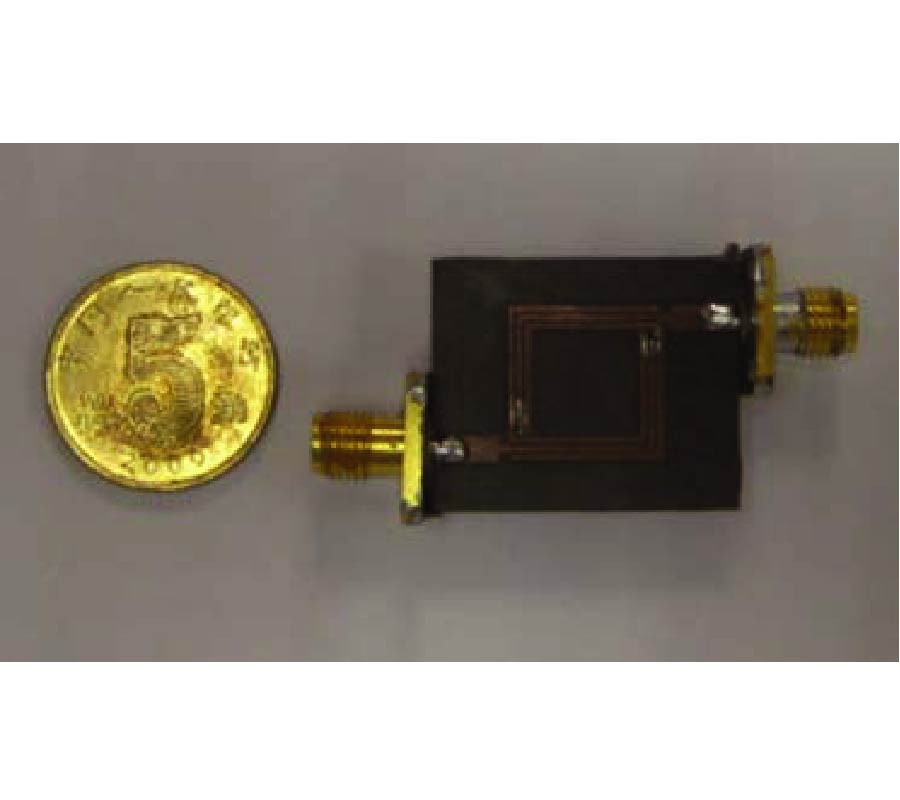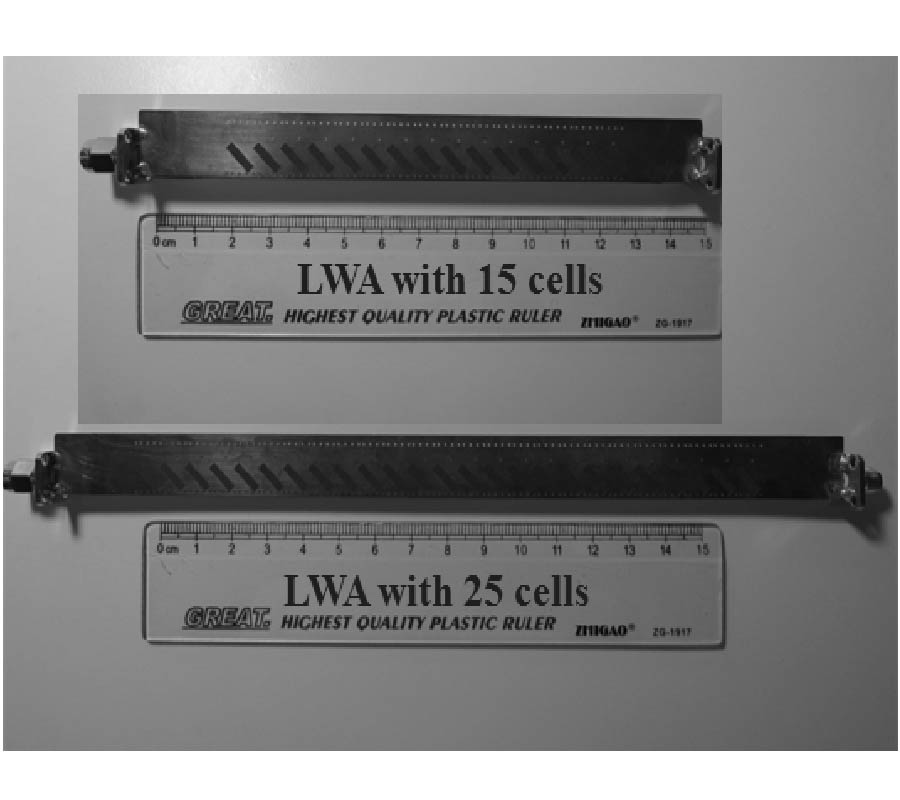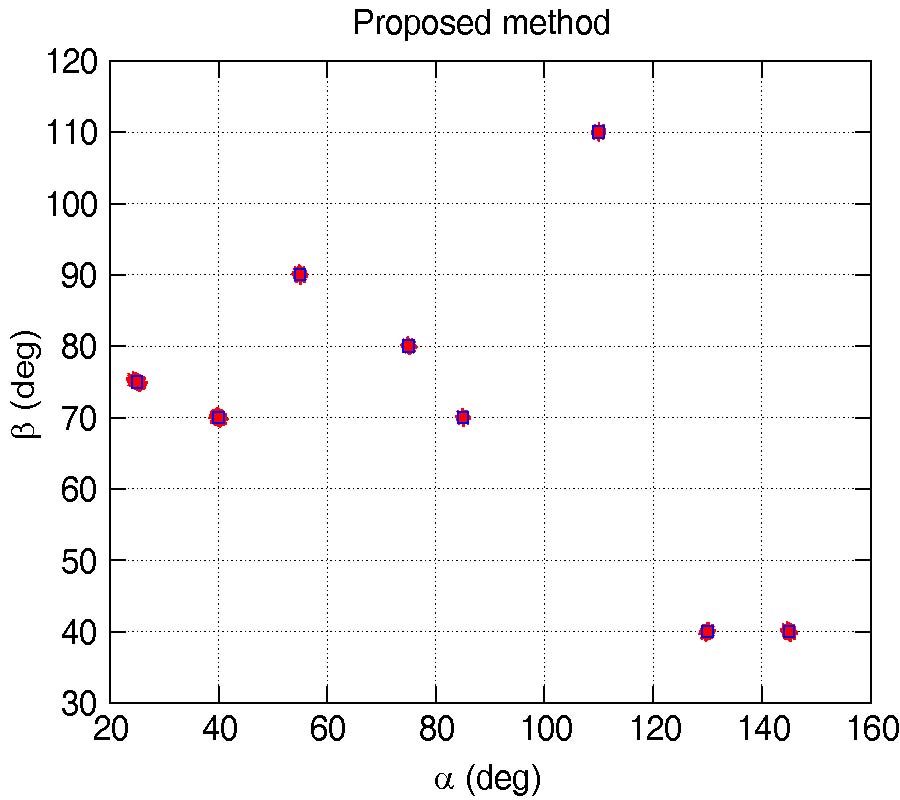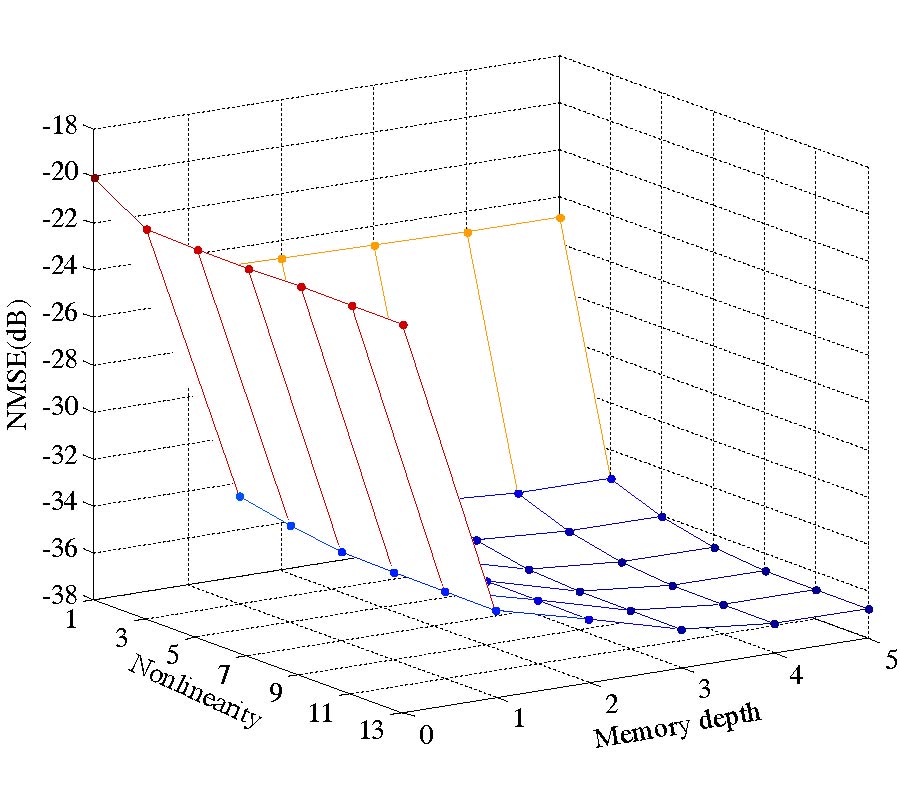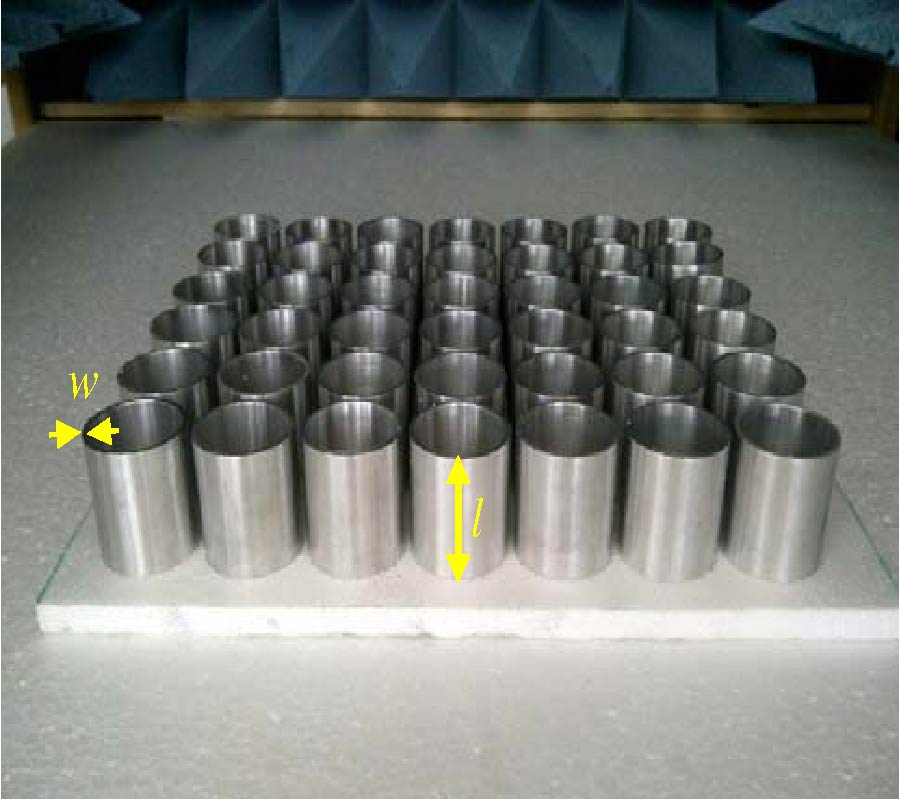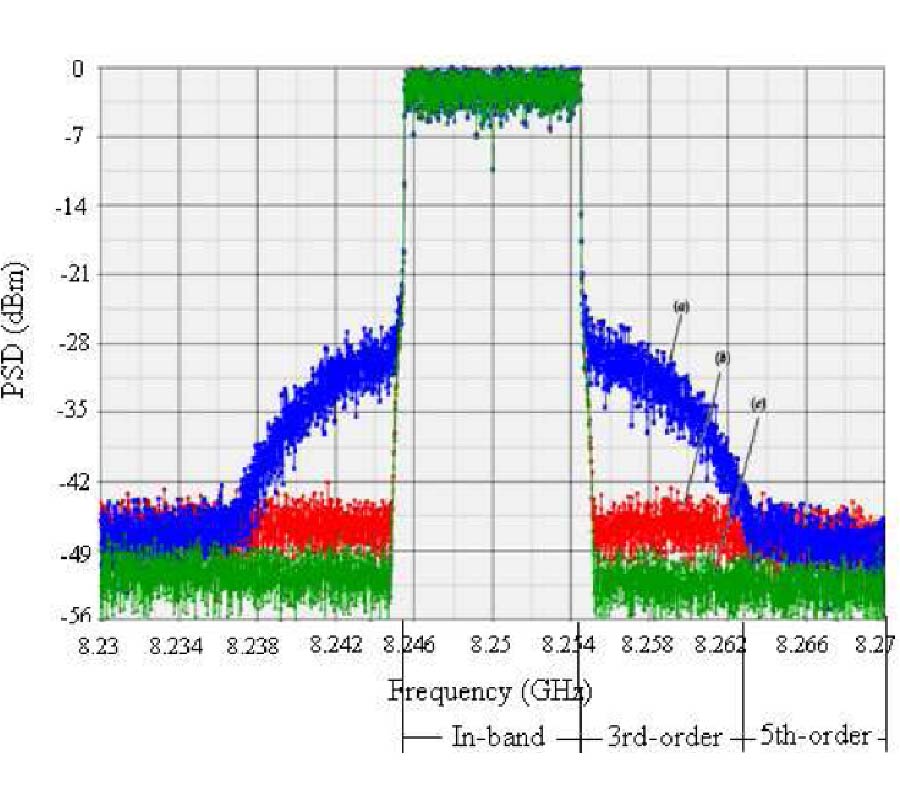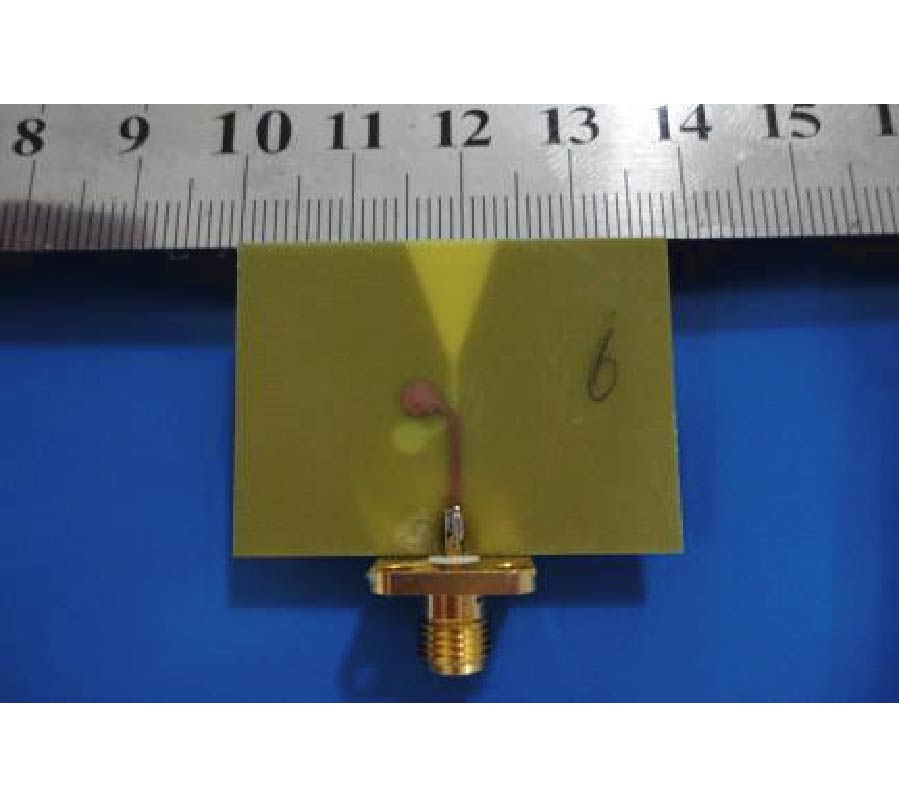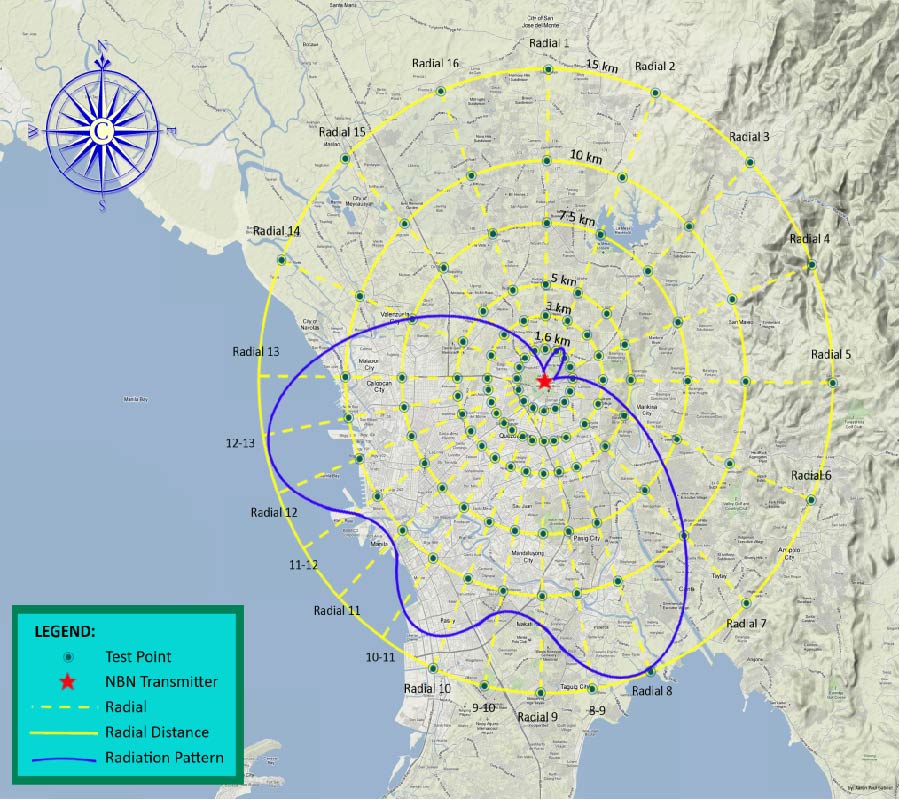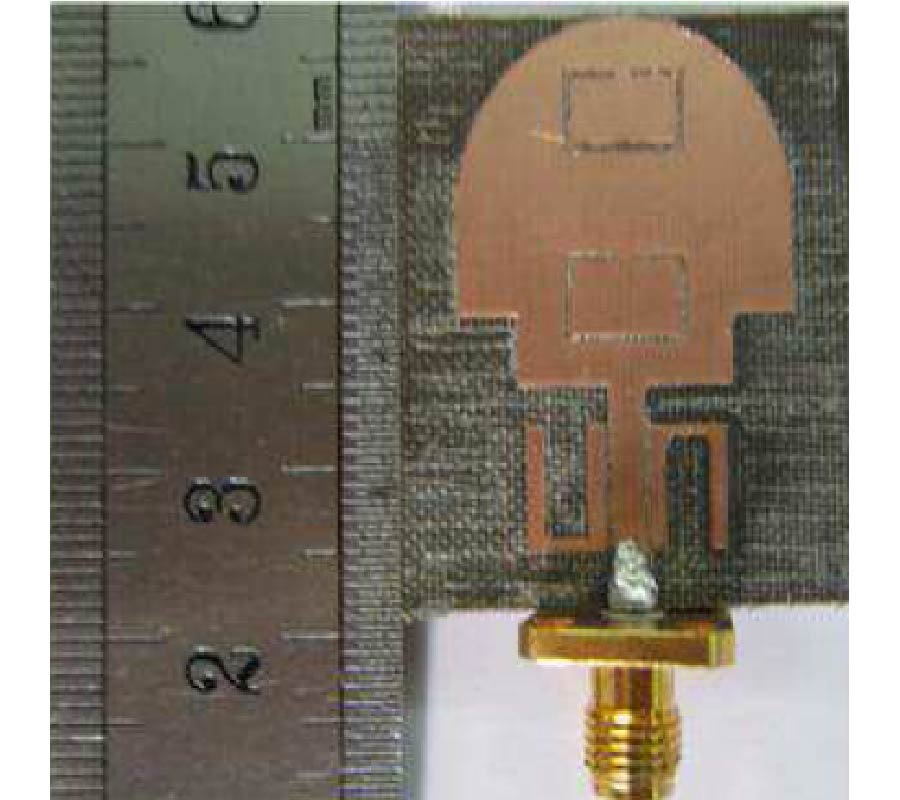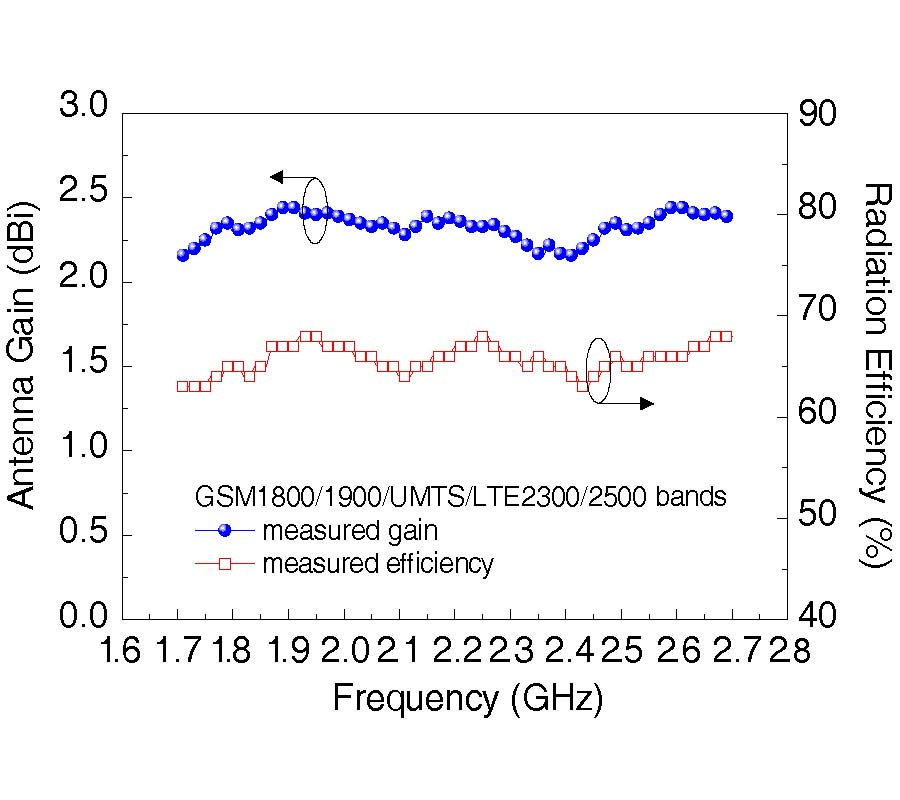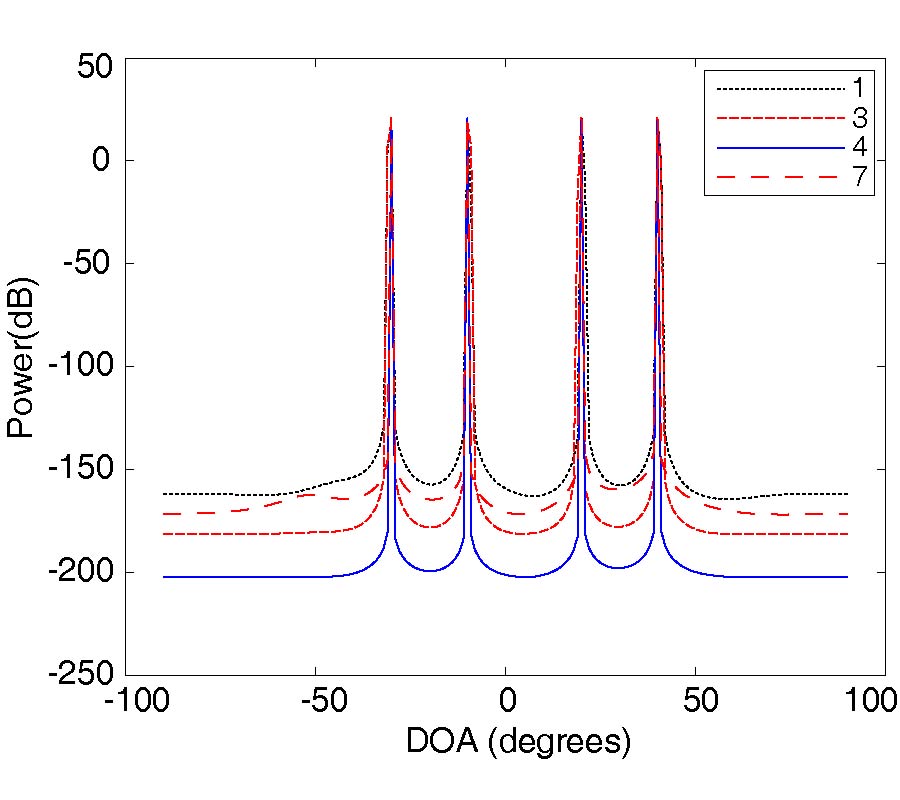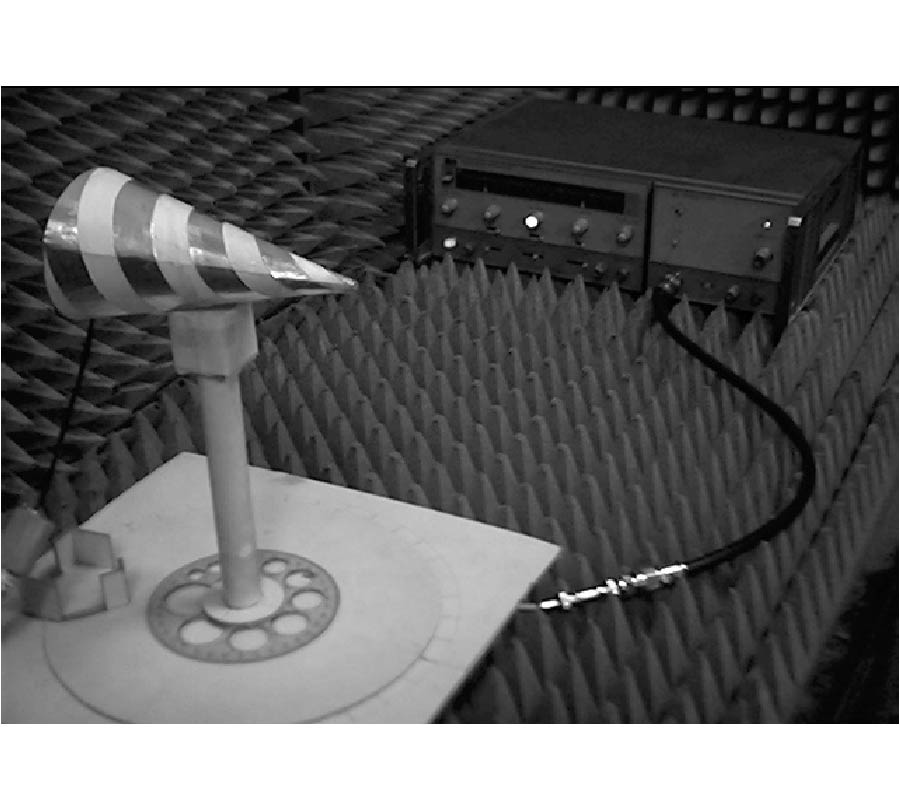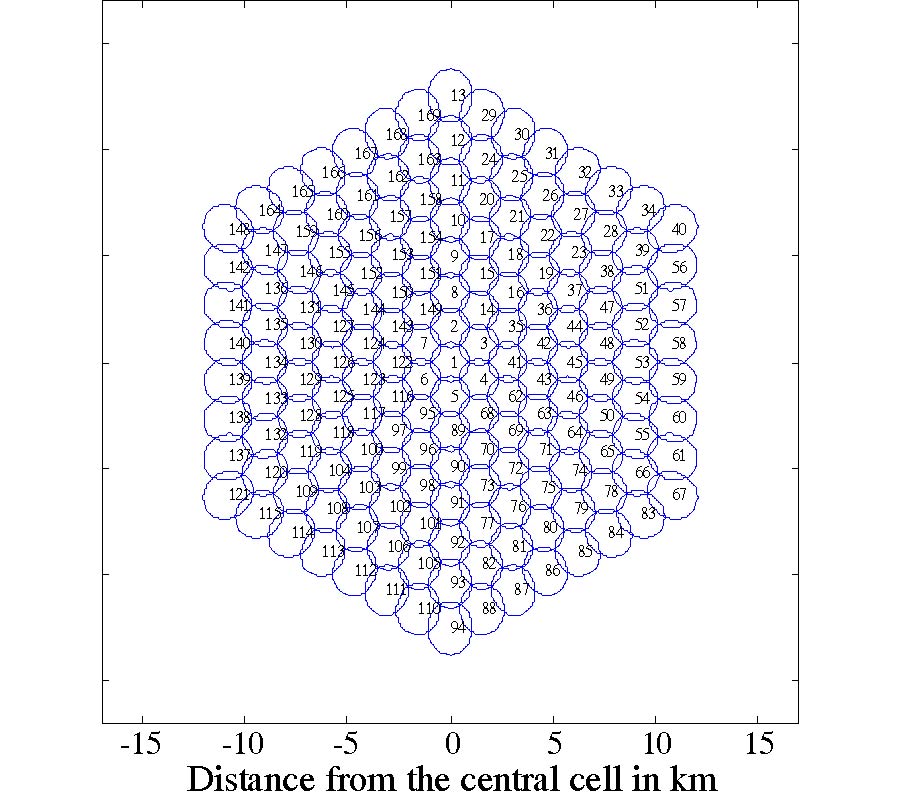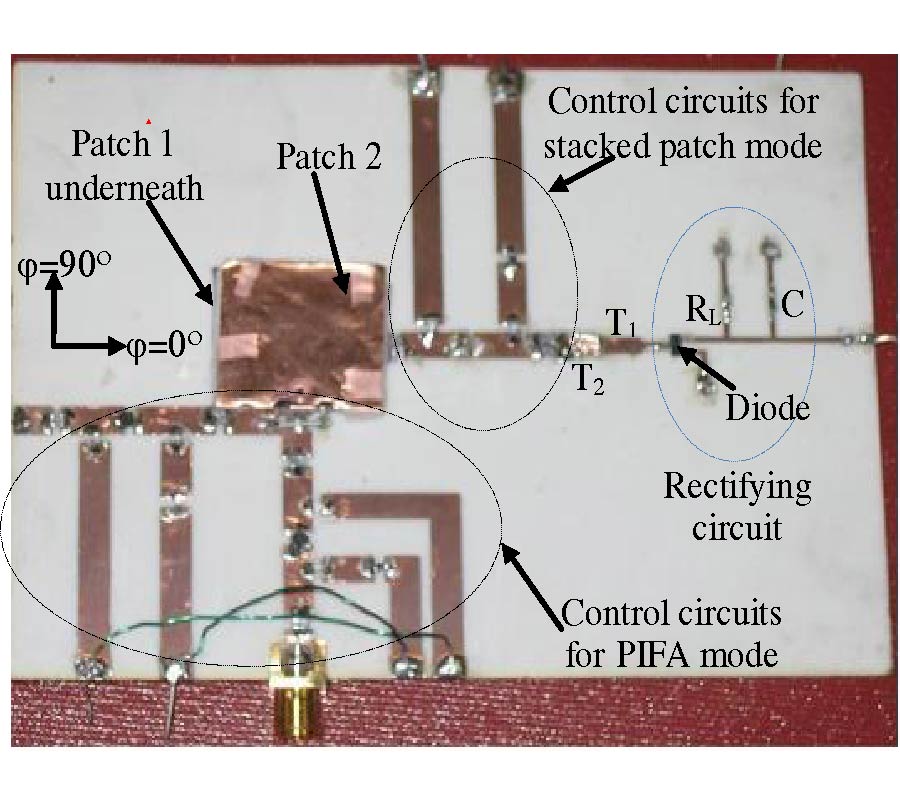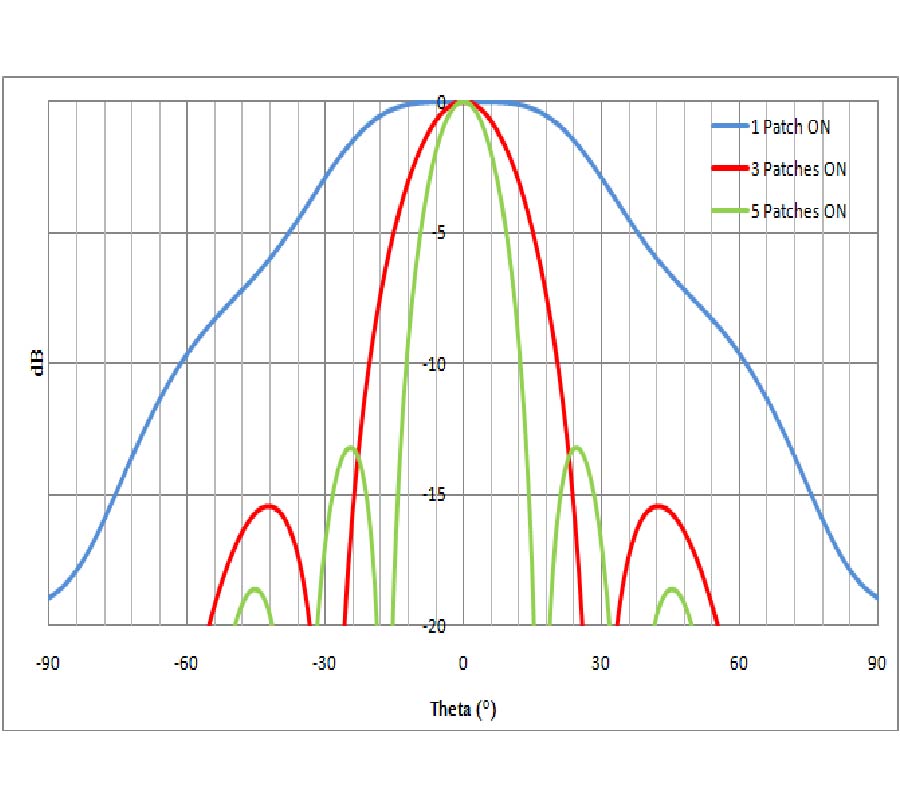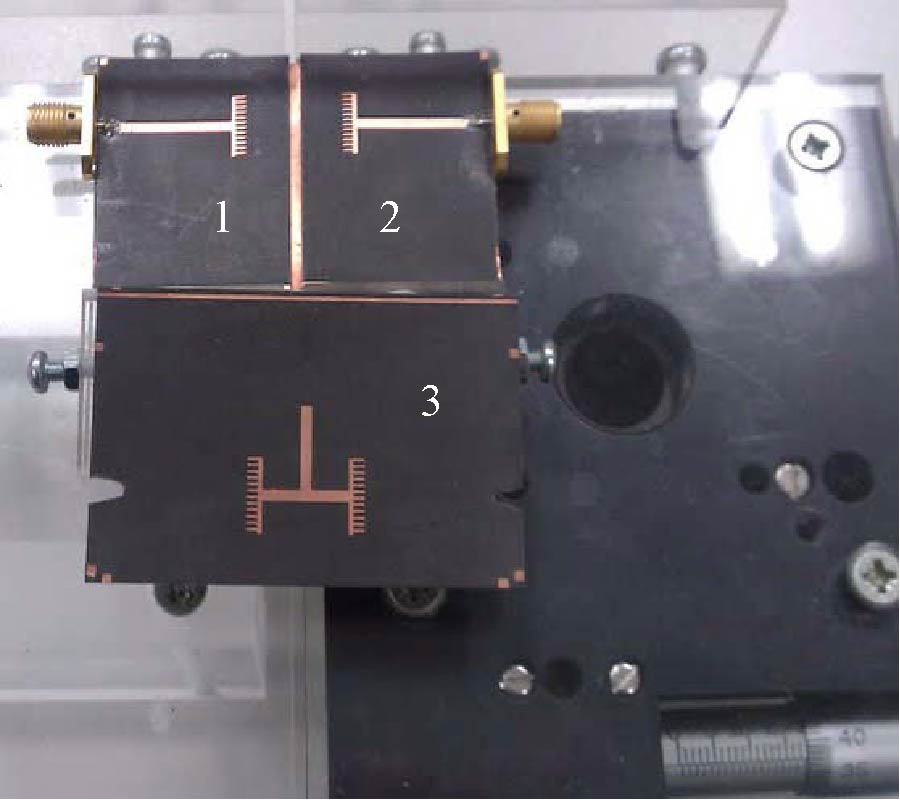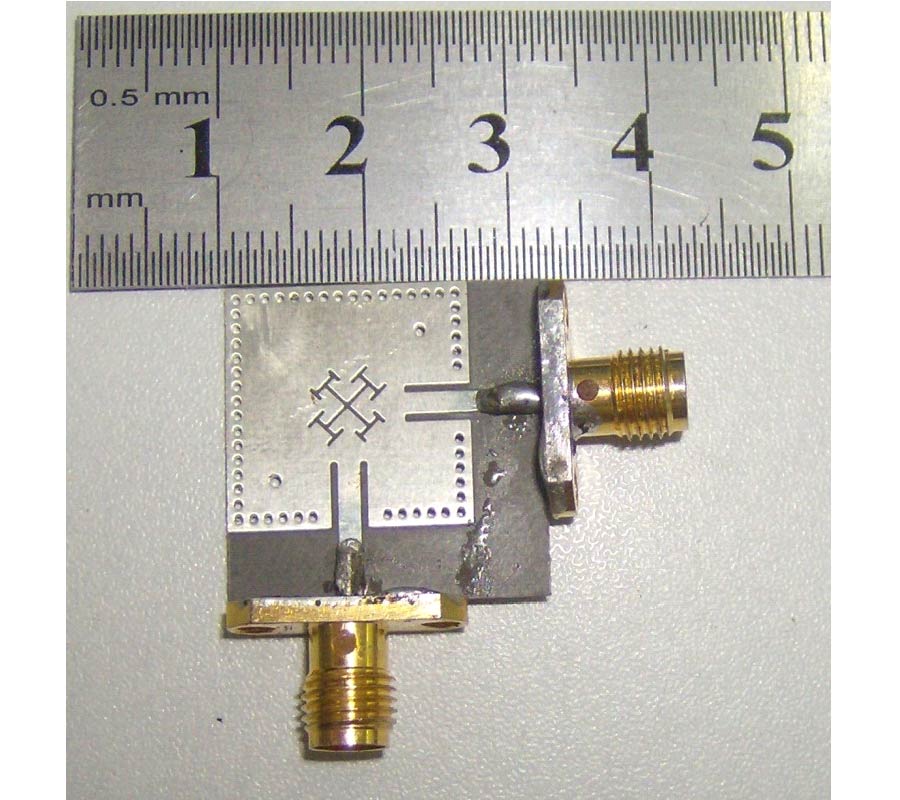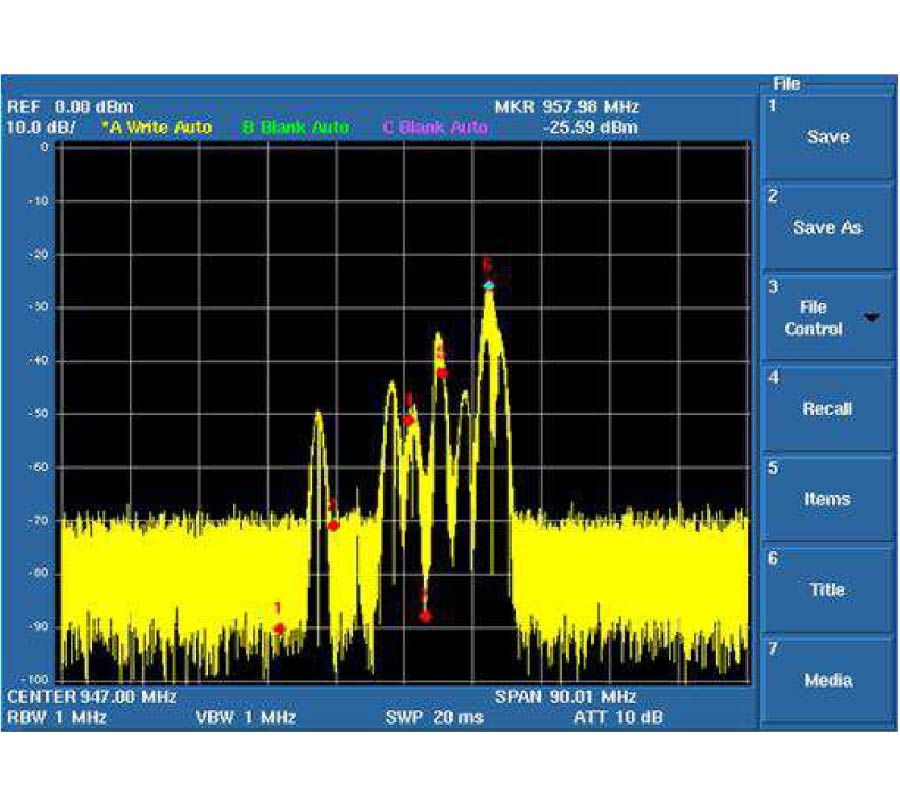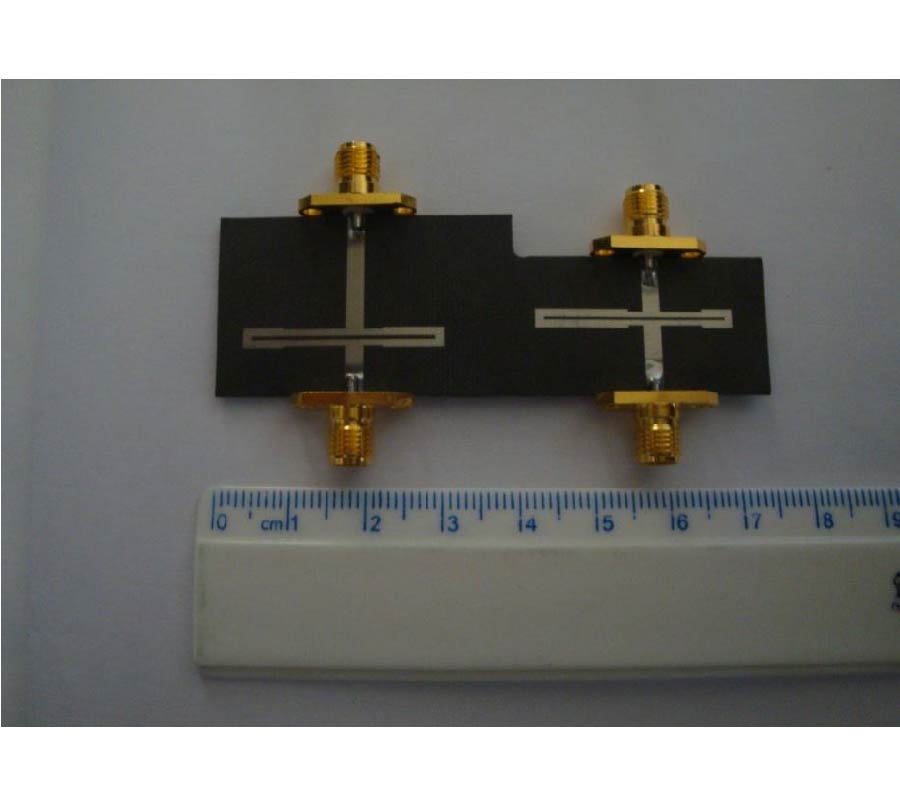Optimum Design of Modified Schiffman Multi-Section Wide Band Differential Phase Shifter with Impedance Matching
Homayoon Oraizi and
Alireza Shamsafar
In this paper, a new circuit configuration composed of two main and reference paths is proposed for the modified multi-section Schiffman phase shifter, which improves its bandwidth. The method of least squares (MLS) is developed for its design, based on a circuit model including dispersion relations and dissipation effects. The differential phase shift and reflection coefficients from the input ports are obtained by conversions among the impedance, admittance, ABCD and scattering matrices of the circuit model. Then, an error function is constructed, whose minimization is performed by the combination of genetic algorithm and conjugate gradient method, which gives the optimum values of the physical dimensions of the metallic strips. The impedance matching function of the proposed phase shifter circuit makes it a dual action device, leading to some circuit miniaturization. Three phase shifter circuits with single, double and quadruple sections are designed and one prototype model is fabricated and measured. The MLS, full-wave simulation softwares and measurement results agree very well, which validate the proposed circuit configuration and MLS design procedure. The multi-section phase shifters have actually increased the frequency bandwidth.
